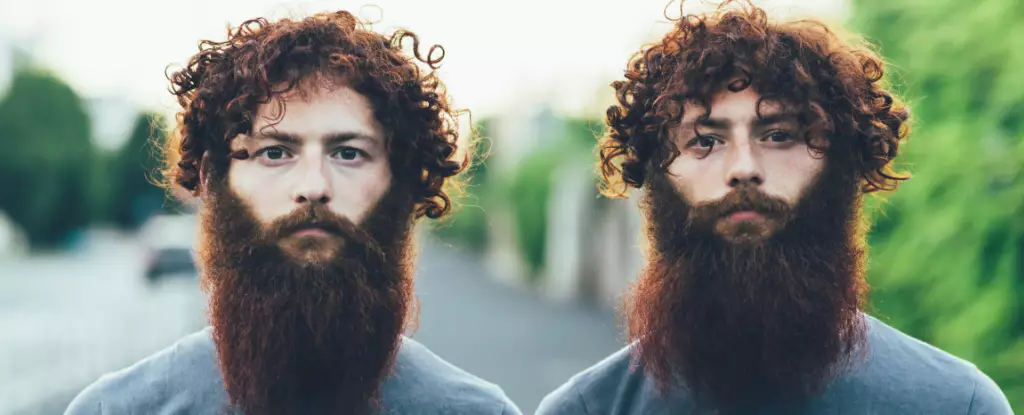Throughout history, our hair and nails have served as crucial indicators of our identity and social standing. The contrast between the unkempt appearance of a caveman and the polished look of a modern businessman is a testament to this truth. The appreciation for grooming professionals sharply heightened during the COVID-19 lockdowns, as many faced the challenges of self-maintenance. Taylor Swift’s bold decision to cut her own hair during this time encapsulates a broader societal dilemma: what if we collectively abandoned grooming altogether? Would our hair and nails merely continue their relentless growth? The simple answer is yes.
On average, our hair grows about one centimeter per month, while fingernails extend roughly three millimeters. If left unattended, they can achieve remarkable lengths, as epitomized by Aliia Nasyrova, also known as the Ukrainian Rapunzel, whose hair measures a staggering 257.33 cm. In the realm of nails, it is Diana Armstrong from the United States who holds the record with nails stretching to 1,306.58 cm. Despite these breathtaking records, the majority of us choose regular trims and manicures, responding to various factors that influence the rate of growth for hair and nails.
The foundation for both hair and nails is keratin, a robust protein. Growth begins in matrix cells beneath the skin’s surface, with varying patterns of cell division propelling the development of both features. Nails grow steadily from the matrix cells located at the base of the nail, where they divide and push the older cells forward onto the nail bed—a pink area rich in blood supply. Contrarily, hair grows from the hair follicle, which harbors the dermal papilla, responsible for blood supply and signaling for growth phases.
The hair growth cycle is complex, comprising four distinct phases: anagen (growth phase), catagen (transition phase), telogen (resting phase), and exogen (shedding phase). The anagen phase, lasting between two to eight years, is when hair experiences its most significant growth. Immediately following is the catagen phase, which lasts about two weeks, characterized by a gradual slowing of growth. The telogen phase, in which hair is effectively inactive, typically lasts around two to three months, culminating in the exogen phase where old hair falls out to make way for new growth. Remarkably, each follicle goes through this cycle approximately 10 to 30 times throughout its lifespan.
What prevents a universal baldness scenario? The fact that hair follicles operate independently; only about one in ten strands enter the telogen phase simultaneously. As such, the average person sheds around 100-150 hairs daily, a negligible number when compared to the 100,000 hairs present on an average scalp.
Genetics play a critical role in hair and nail growth patterns, strongly correlating with familial traits. For instance, identical twins frequently exhibit similar nail growth rates. Conversely, other influences, such as age, hormones, and nutrition, can significantly affect growth rates. Younger individuals generally experience accelerated growth due to a higher metabolic rate and expedited cellular activity.
Hormonal variations are another contributing factor. For instance, pregnant women often see enhanced hair and nail growth, while the onset of menopause or elevated cortisol levels may dampen growth rates. Nutrition, an influential variable, is essential for maintaining strong hair and nails. Although largely comprised of keratin, these structures also depend on water, fats, and minerals. Nutritional shortcomings can disrupt the growth cycle and lead to issues such as hair loss and nail brittleness. For example, iron and zinc deficiencies have been directly linked to poorer hair and nail health.
Culturally, strong hair and nails have historically symbolized vitality and high status. However, the myth that hair and nails continue to grow post-mortem deserves scrutiny. In truth, they only appear to grow as the body dehydrates post-death, which causes the skin to retract, giving the illusion of extended hair and nails. Morticians often employ tissue fillers to mitigate this effect.
The task of grooming our hair and nails remains a perpetual challenge, woven intricately into the fabric of our daily lives. Whether through routine trips to the salon or spontaneous home haircuts, caring for these elements of ourselves reflects not just our aesthetic choices, but also our individual narratives and social identities. The ongoing love-hate relationship with our hair and nails embodies a fascinating intersection of biology, culture, and personal expression.

